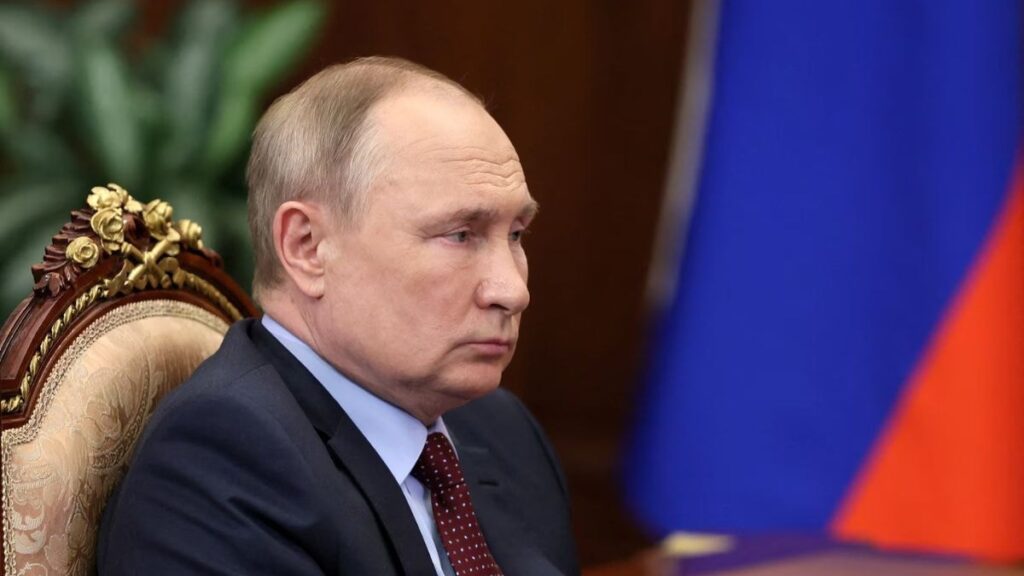Russian Resilience in the Face of Western Sanctions: A Comprehensive Analysis
Background and Intensification of Sanctions
Since the annexation of Crimea in 2014, Western nations have imposed a series of comprehensive sanctions against Russia, targeting critical sectors such as finance, energy, and defense. These measures were drastically escalated following Russia’s full-scale invasion of Ukraine in February 2022. The United States and the European Union (EU), in particular, have spearheaded these efforts, aiming to undermine Russia’s economic stability and its capacity to sustain military operations.
Statistics bear out the severity of these sanctions. As reported by CNBC, the US has sanctioned approximately 4,000 businesses and individuals since February 2022. In a more recent move aligned with the G7 summit, Washington announced over 300 new sanctions targeting entities and individuals assisting Russia in evading previous restrictions.
Despite this multifaceted sanctions regime, Russia has demonstrated remarkable adaptability, employing a variety of methods to circumvent these economic barriers. This analysis delves into these methods in detail, shedding light on the resilience of the Russian strategy.
The Eurasian Roundabout: A Key Strategy
One of the cornerstone strategies for circumventing Western sanctions is what has been termed the "Eurasian roundabout." This involves the rerouting of sanctioned goods through intermediary countries that do not participate in the sanctions regime. Former Soviet republics like Armenia, Kazakhstan, and Kyrgyzstan have been instrumental in this approach.
These countries are part of the Eurasian Economic Union, a customs-free trade bloc with Russia, enabling the free flow of goods. A pivotal study by Maxim Chupilkin, Beata Javorcik, and Alexander Plekhanov titled "The Eurasian Roundabout: Trade Flows into Russia through the Caucasus and Central Asia," highlights this phenomenon. The study analyzed HS6 product-level data on bilateral monthly exports, noting a significant decrease in direct exports from the EU to Russia post-sanctions in March 2022, coupled with a stark rise in EU exports to Armenia, Kazakhstan, and Kyrgyzstan.
Eric Dor, Director of Economic Studies at the IESEG School of Management, corroborated these findings. According to a report from AFP, EU exports of high-priority items to Russia declined by 95 percent between October 2022 and September 2023 as compared to the same period in 2020-2021. Conversely, exports of similar goods to Armenia, Kazakhstan, and Kyrgyzstan surged, indicating a probable re-export to Russia.
Assistance from China and Other Nations
China’s pivotal role in aiding Russia to sidestep sanctions cannot be understated. Chinese and Hong Kong-based companies have been implicated in shipping millions of dollars’ worth of materials to Russia, including items potentially usable in military systems. As a major manufacturing hub, China has supplied critical components, some originating from Western companies, which reach Russia through Chinese intermediaries.
Other nations, notably Turkey and the UAE, serve as additional conduits for sanctioned goods. These countries exploit regulatory loopholes to re-export products to Russia, posing significant challenges to the enforcement of Western sanctions.
Corporate Evasion Tactics
Numerous companies have developed sophisticated methods to dodge sanctions. One common tactic is to set up operations in third countries, thereby enabling indirect export of goods to Russia. Additionally, the creation of shell companies allows firms to mask their transactions with sanctioned entities, complicating the task for regulatory authorities seeking to enforce compliance.
Another evasion strategy involves repurposing components from consumer electronics. For example, Russia has been repurposing parts from household appliances like washing machines and dishwashers. The European Union’s exports of washing machines to Kazakhstan soared from 1.6 million euros between 2020-2021 to over 18 million euros in subsequent years, a staggering 1,310 percent increase. These components are then used to substitute sanctioned parts in critical industries.
The Challenge of Imposing Effective Sanctions
The United States acknowledges the formidable challenge of imposing effective sanctions on Russia. Aaron Forsberg, the State Department’s Director for Economic Sanctions Policy and Implementation, remarked to the Associated Press: “We have to be very honest with ourselves that Putin is a very capable adversary who is willing to adapt and find those willing collaborators.”
Even though these sanctions do not completely stop the flow of illicit goods, they play a critical role in elevating the costs for Russia. The primary goal of these measures is to complicate Russia’s access to essential technologies, thereby hampering its long-term capabilities. These strategies also deter other nations and companies from assisting Russia by threatening significant penalties.
However, as cunning corporate maneuvers and sophisticated evasion tactics proliferate, the effectiveness of these sanctions continues to be undermined, necessitating a continual evolution of enforcement methods by Western powers.
With inputs from agencies.
